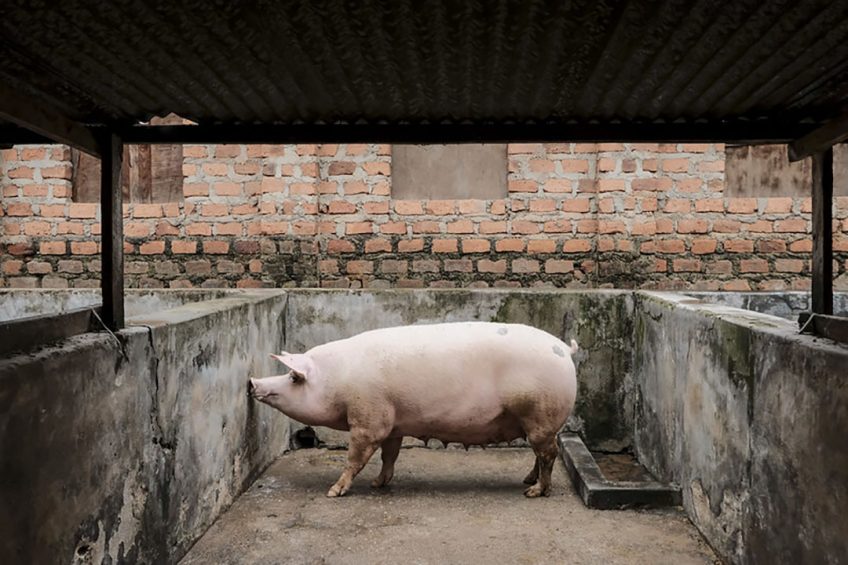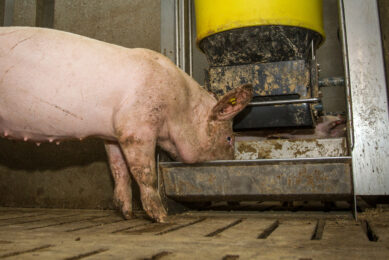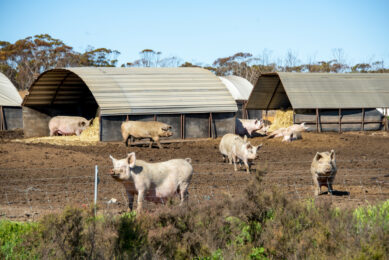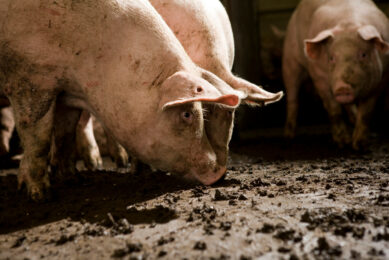Rising temperatures hamper pig production in East Africa

Heat stress is a major constraint on livestock welfare and productivity. Increasing temperatures and more humid conditions could make much of East Africa unsuitable for pig production. Accelerated adaptation in the sector is needed.
New research published in Nature Food warns that heat stress in animals caused by rising temperatures and higher humidity will occur more frequently and for longer periods, impacting pig production across East Africa, a region home to approximately 10 million swine in 2020. Furthermore, East Africa has the highest population growth on the continent, which has been an important driver of demand for livestock products, with future increases anticipated.
Historical change in heat stress for pigs
In the study, the frequency of ‘severe/danger’ heat events (temperatures that will result in significant decreases in productive and reproductive performances) for swine significantly increased from 1981 to 2010. Swine were exposed to severe/danger heat stress for >50% of the year in roughly 44% of East Africa.
Across the region as a whole, the average frequencies of moderate heat-stress conditions (body temperature increases and can negatively impact the livestock’s performance) for swine during the period were approximately 17%. The percentage of days of the year with severe/danger heat-stress conditions for the different livestock categories differed markedly, but swine were the most affected.
Coming up on Wednesday March 24:
A webinar on Heat Stress, organised together with All About Feed, featuring Prof Bruno Silva of Universidade Federal de Minas Gerais, Brazil; Wim Wanzele of Agrifirm; and Dr Mohamed Mammeri of Phileo by Lesaffre.
Temperatures will continue to rise
Using a multi-model ensemble of climate change projections for 2021–2050 and 2071–2100, the researchers show that the frequency of dangerous heat-stress conditions and the average number of consecutive days with heat stress events will significantly increase, making much of East Africa unsuitable for exotic pig production.
An alarm bell for policymakers
1 of the researchers, Klaus Butterbach-Bahl at the International Livestock Research Institute (ILRI), Kenya, and the Karlsruhe Institute of Technology, Germany, said that the results of the study “is an alarm bell for policymakers and anyone involved in livestock in the tropical region”, adding that protein consumption is already low in East Africa and that this could worsen the food and nutrition security situation in the region.
Livestock expert, An Notenbaert, at the Alliance of Bioversity International and International Center for Tropical Agriculture, and co-author of the study, added that the team was surprised by the magnitude of change.

Adapting pigs to local conditions
In intensified systems, exotic or crossbreeds dominate, which are possibly less heat-stress tolerant than locally adapted breeds typically found in the extensive systems. According to the authors, well-targeted and evidence-based climate adaptation will enable livestock production to continue and expand across East Africa. This includes identifying and making available productive animal breeds that are adapted to hotter and more humid climates.
In addition to breeding, countries need to look at other mitigation strategies to increase resilience. This could be in the form of shelters or other means of shading to shield animals and ensuring sufficient water access.
The researchers cautioned that the study only examined the direct consequences of climate change on animals, but that other climate change impacts and climatic parameters such as air temperature, relative humidity, solar radiation and rainfall patterns have important direct or indirect influences and also need to be taken into consideration. These include droughts and floods, which can impact feed production, water supply and proliferation of disease and pests.

Largest population of livestock
It is interesting to note that East Africa has the largest population of livestock of all the regions in sub-Saharan Africa, and the livestock sector is an integral part of agricultural systems in the region. Around 70% of agricultural cash income is derived from this sector, contributing 10-15% to national GDP and 20-50% to the total agricultural GDP.











